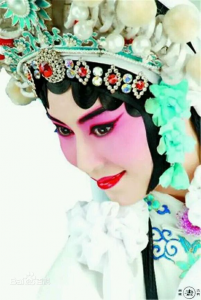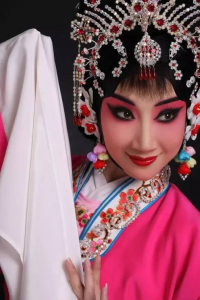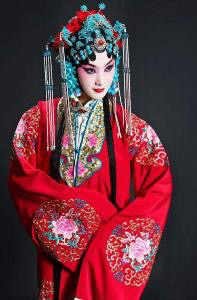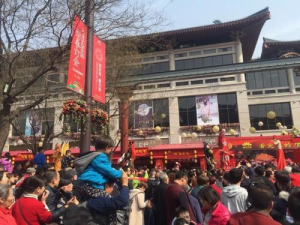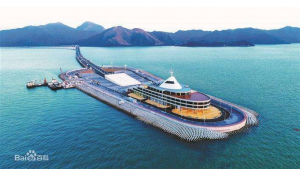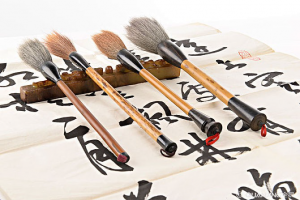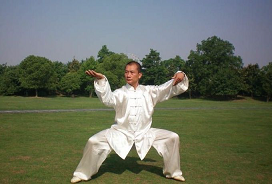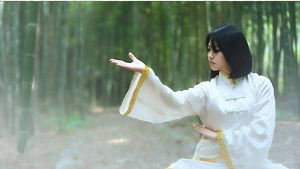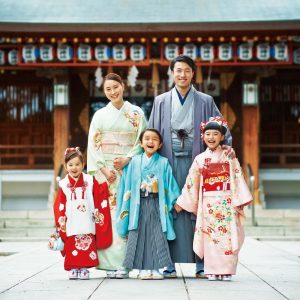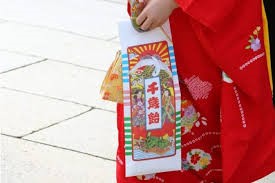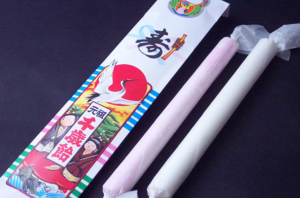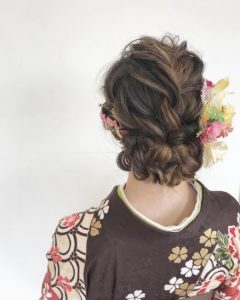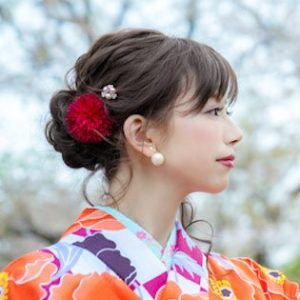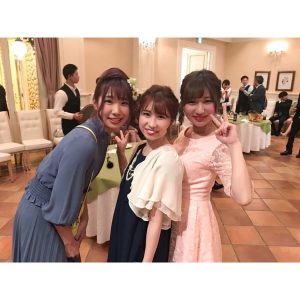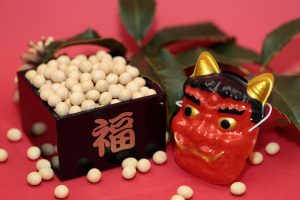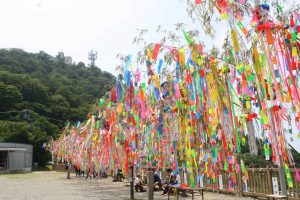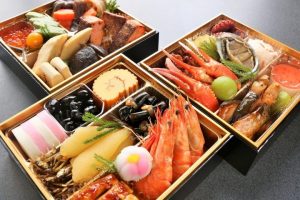Hi and welcome! We are international students from Honduras and Japan!
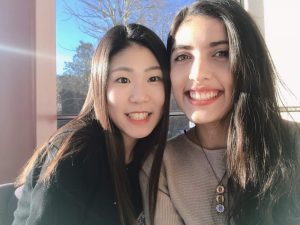
Chisato Hashimoto (Left) I’m a sophomore and Global studies major. I came to Castleton last year in late August. This is my last semeste here.
Shirley Benítez (Right) I’m a junior student in the career of Medicine in my country. I came to Castleton University this year for the Spring semester by being a part of the UGRAD program.
ABOUT THE BLOG
As international students, we talked about the life of studying abroad in the U.S. we usually compare it with our home country. Surprisingly, we can really empathize with each other, especially about the local students actions that are unbelievable in our country, differences in student life, professors, etc. We want to share with you about our experiences at Castleton and some pictures that will illustrate what we are talking about.
SURPRISING EXPERIENCES IN USA

Shirley Benítez
When I arrived Castleton I had a very warm welcoming from two students that were waiting for me, I was surprised because I didn’t expect that. That week we met people that work in different departments on Campus and everybody was very kind, I was impressed.
Honduran people are also very warm and welcoming, when we greet somebody, for saying “hello” or “goodbye” women greet men and other women with a kiss on the cheek, but men do not usually greet other men with a kiss on a cheek, they do hand shakes.
I am so glad for my experience at Castleton, especially because of the professors and all the resources they have for the students. It surprised me that every student has an advisor specific to their major, and how helpful they have been with their guidance. I also find the Academic Support Center resources helpful, as I take advantage of it. That is a resource we do not have at my university, probably because we have many students, about 90,000 compared to Castleton’s 2,000. So far, Castleton has felt more like a close community than my university back home.
It was interesting to see that people take off their shoes when entering a home, because back at home we do not do that. I thought it was typically a tradition in China and nowhere else.
~~~~~~~~~~~~~~~~~~~~~~~~~~~~~~~~~~
 Chisato Hashimoto
Chisato Hashimoto
- Warm welcome
I won’t never forget the day in August 19th. That was a long journey to get here. On my trip to Castleton from Osaka, I transited 3 times and it took more 24 hours to arrive at Albany airport. Usually, it doesn’t take so long to get here but I had a trouble and had to wait 5 hours in Dallas airport for the next flight. So I arrived at Albany around 1:00 AM. However, even though it was late at night, the Castleton staff came to pick me up by car. I was really really happy because they greeted me with a big smile. At that moment, I forgot that I was exhausted from my trip to Castleton and at the same time I’m glad chose Castleton University!
- U.S. Restroom
I still don’t feel at ease when I use the bathroom in the U.S because there is a wide gap at the bottom of the door and my legs can seen from outside also the door is small so whenever I enter the bathroom with carrying my backpack, I hit my arm on the door.
- Burp
Basically, a burp is a sound you make after eating and it goes against eating manners in Japan and seen as disrespectful. When I came to Vermont I saw many people burping after eating a meal and sometimes not during meal at all. I feel so strange when I hear someone’s burp. However, it was interesting for me to know that in China, Burping is a polite action with the meaning of gratitude that it was very delicious.
THESE ARE OUR UNIVERSITIES
HONDURAS
National Autonomous University of Honduras
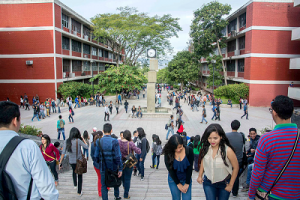

JAPAN
Doshisha Women’s College of Liberal Arts
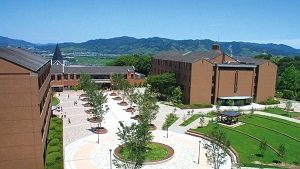

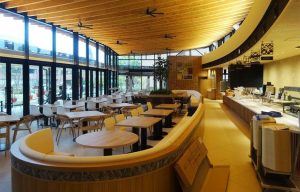
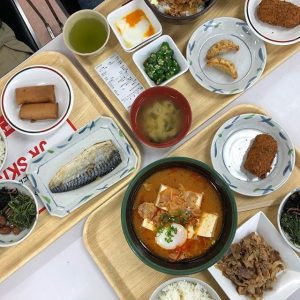
DEAR READER
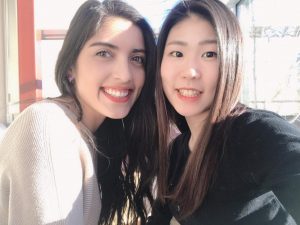
Thank you for taking the time to read our blog! We hope you enjoyed reading it! We have really enjoyed our wonderful experiences here at Castleton.
WE LOVE CASTLETON !!!!!!!!!!!!!!!!!!
By SHIRLEY & CHISATO









